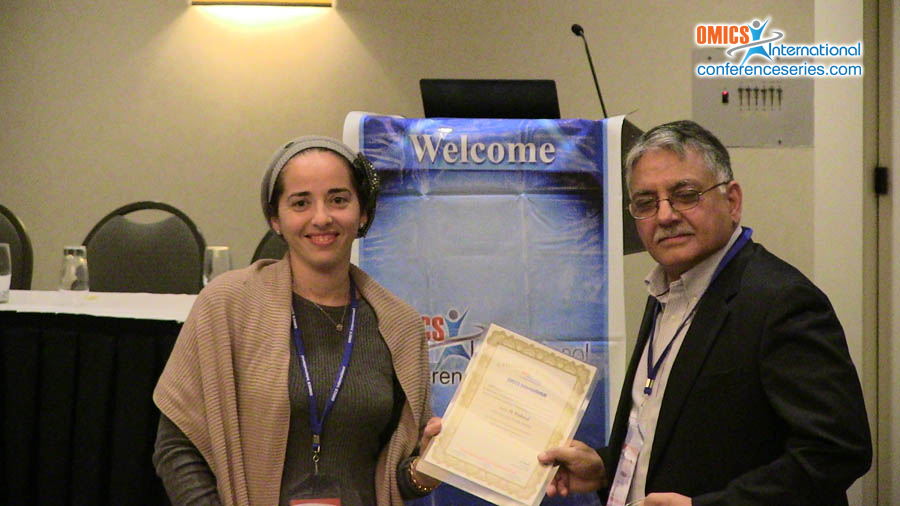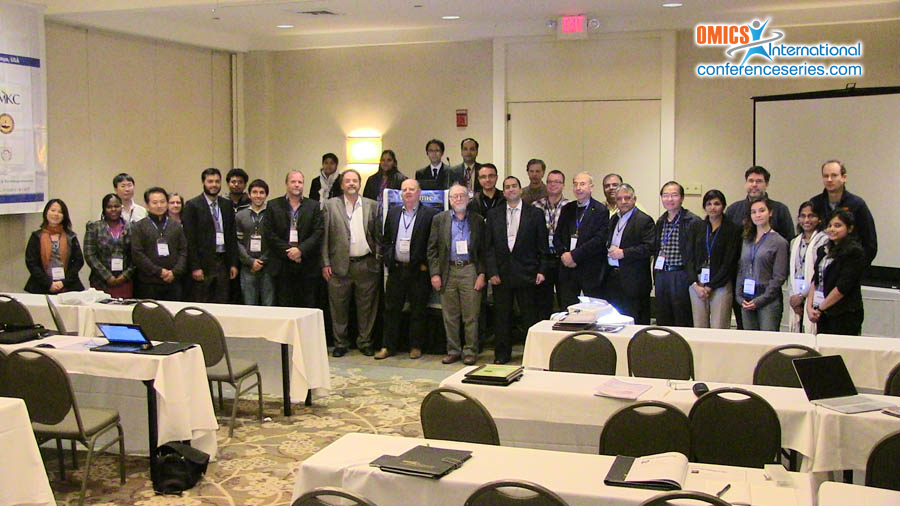
Muhammad Waheed Akhtar
University of the Punjab, Pakistan
Title: Engineering glycosyl hydrolases using binding modules optimally
Biography
Biography: Muhammad Waheed Akhtar
Abstract
Vast advances in recombinant DNA technology combined with the large variety of protein engineering methods, in silico tools and high-throughput screening techniques allow unlimited possibilities of improving proteins and enzymes for applications. Glycosyl hydrolases commonly contain the carbohydrate binding modules (CBMs) through which they bind to the substrates thus facilitating the catalytic domain (CD) to act. However, the role of the CBMs in the activities of cellulases and xylanases seems quite varied. For example, in the case of the endoglucanase CelA of Clostridium thermocellum the binding module CBM3a when attached to the n-terminal of the CD is more than twice as active as the variant having the binding module attached to the c-terminal of the CD. In the case of xylanase XynZ of C. thermocellum deletion of CBM6 which is found in association with the CD in the native state enhances the activity manifold. However, the addition of CBM22 to the CD enhanced the activity. Molecular modeling analyses of the structures show that for optimal activity of the enzyme orientation of the catalytic and the binding residues of the CD and the CBM respectively should lie in a compatible orientation. Also active site residues of the CD when in association with the CBM must be readily available to the substrate. Thus the CBMs are not only specific for binding to the substrate but their orientation in association with the CD is also important for activity.



